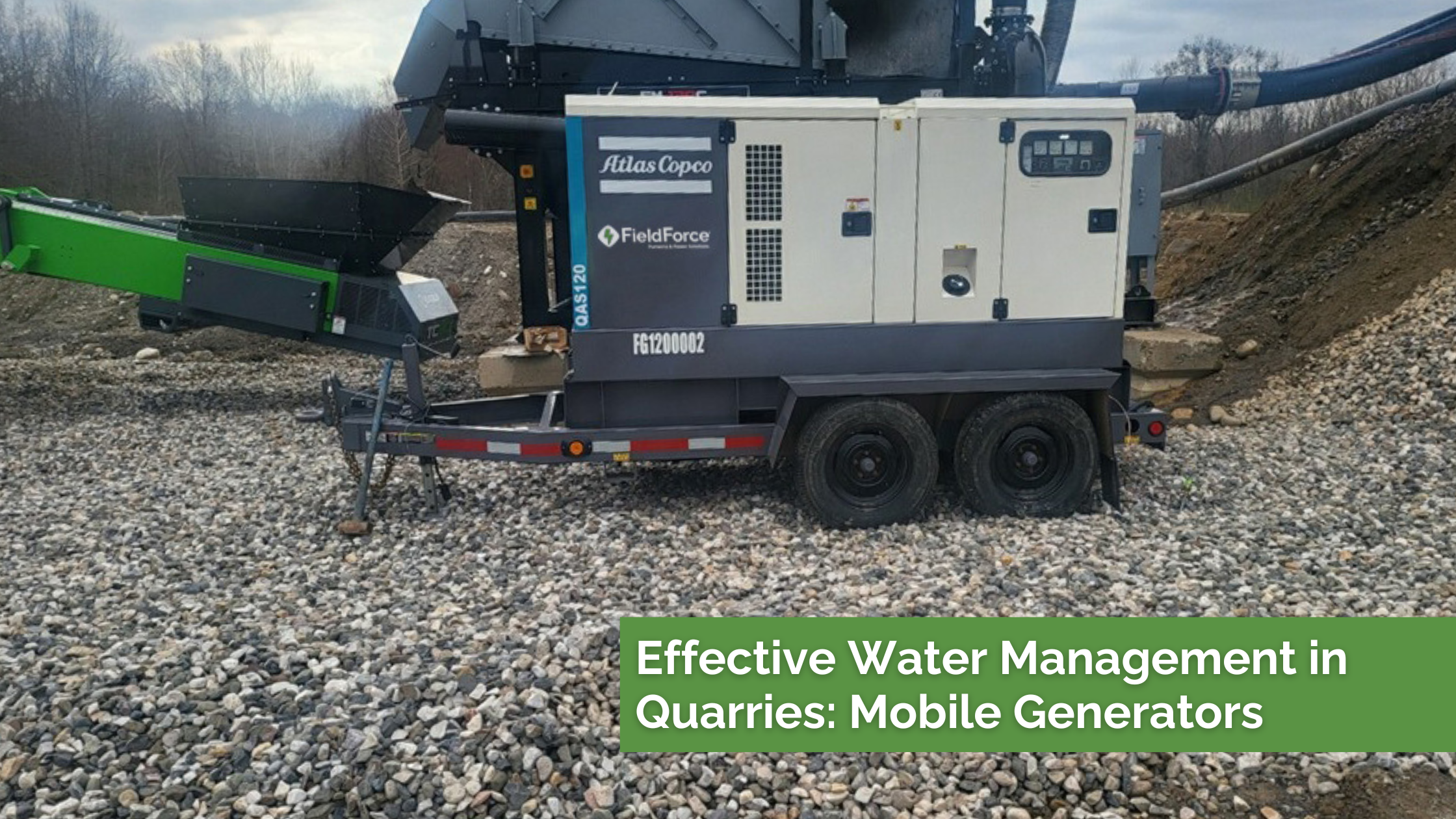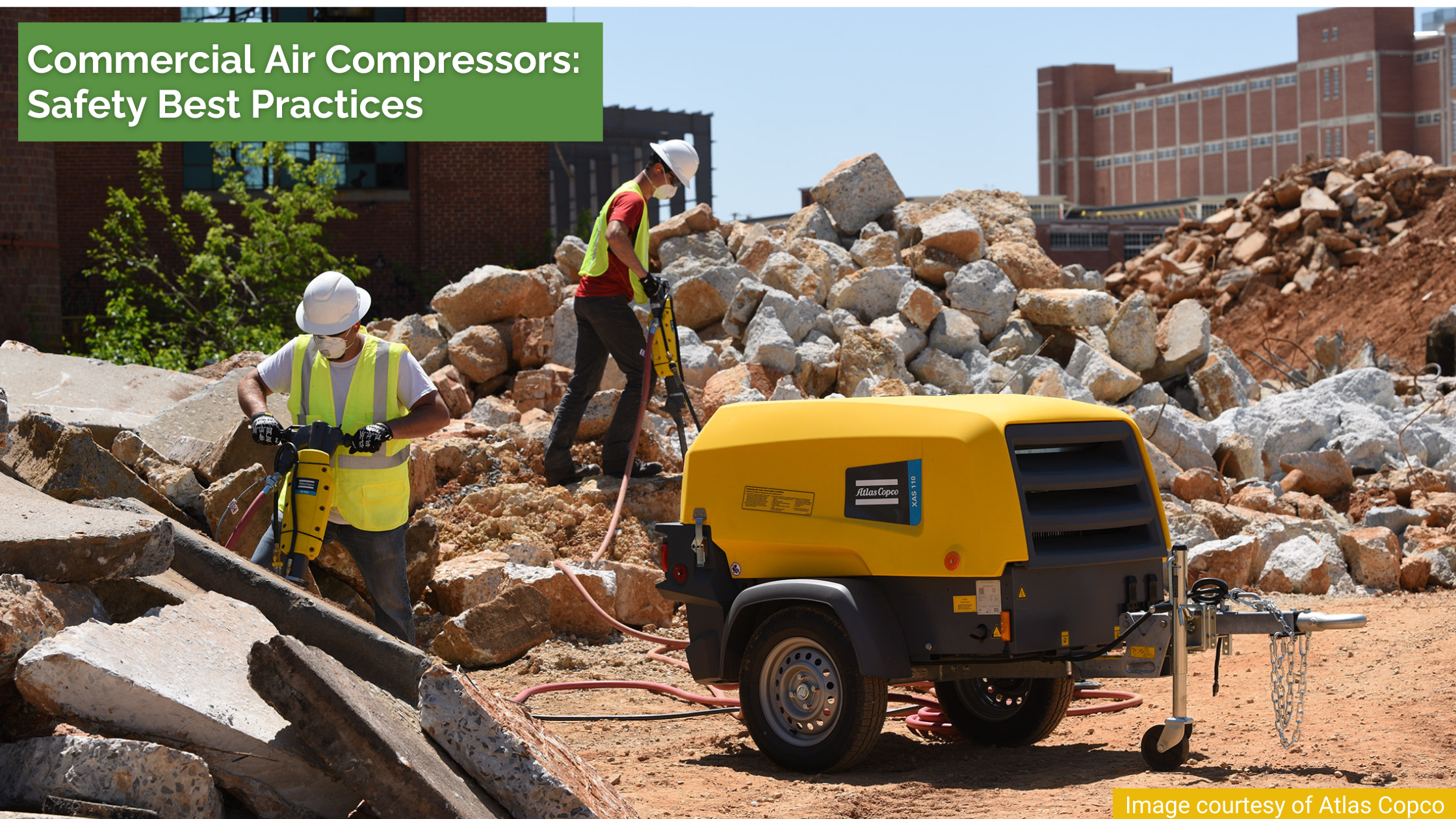
December 19, 2024
Optimize Your Submersible Pump’s Performance Using Best Practices
Submersible pumps are a key component of many projects, from construction dewatering to mining and industrial applications. These best practices will help keep your submersible pump in excellent shape.
Best practices #1: Before you start your submersible pump
Key to keeping your pump in prime condition is to pick the right submersible pump for the job at hand.
There are three job site features that guide the selection of the submersible pump to use in your system’s design: flow; elevation and distance. When a submersible pump starts moving water there is resistance from gravity (which is elevation dependent) and friction increases with the pumping distance. These factors all play a part when creating the desirable flow rate. If you pick a submersible pump that is too small, it will strain to overcome the resistance and friction and cause wear and tear to the pump. It also will disrupt the flow rate.
Other factors to know about your application, and selecting the correct submersible pump, include the actual media being pumped. Is it slurry, sludge, or drainage? What’s the pH level and how does that affect the pumping process?
Also, using sedimentation tanks reduces the wear on your pump.
Once you have the right pump in place, make sure the protection systems are working properly.
- Is the fuse of the power source appropriate?
- Was the pump insulation resistance tested?
- Is the overcurrent relay correctly set up?
- Are all the electrical connections tight?
- Has proper communication been established between the source and the destination?
- Are all valves in the proper alignment/orientation at the source and the destination?
Finally, it’s a good idea to check rotation before starting to pump and warm up the pump so you don’t “dead-head”.
Best practices #2: While your submersible pump is running
Assuming you’ve deployed a well-designed system there are a few other best practices to implement, once your pump is submerged, primed and pumping.
Monitoring the pump while it is in operation minimizes the chance of the pump getting damaged and the job slowing down. Monitor the engine load and temperature of the pump to make sure they are within normal ranges. Routinely check the pump and pressure gauges to ensure proper flow. If the volute begins to heat up, there is a no flow or a very low flow condition. If that happens you know there’s something wrong with the pumping system. Shut down the pump to avoid damaging it, or other parts of the system.
Be sure to limit the number of starts per hour. Using level control systems will reduce energy consumption. It is vital to be safe and not move the pump while it’s running and, of course, never lift a submersible pump by the power cord.
Best practices #3: Routine inspections and maintenance of your submersible pump
Cables, cable seals, pipes, hoses and valves should all be checked and replaced if worn or damaged. A visual inspection of the exterior of the pump should reveal any loose or broken screws, bolts and nuts, as well as the condition of the lifting handle. Again, tighten or replace as needed.
Checking and replacing mechanical seals, bearing oil and housing oil is fairly simple, but the frequency of the oil changes and seal replacements depend on the pumps use. If it has been in continuous operation oil and seal changes will need to occur about every three months. For intermittent operation plan on six-month intervals.
Certain submersible pump parts – like the impeller, diffusor and ball bearings – will wear out over time and with use. Put those on the three-month check list, and make sure to replace the ball bearing annually.
Even with routine inspections, service, and maintenance a pump can break down during a job. Changes to the flow rate, as determined by monitoring the flowmeter, atypical fluctuations in the pump’s pressure gauge values and increased or abnormal noise are all signs it’s time to shut down your pump, check it out, and make sure it’s repaired as necessary. Because it’s never a best practice to run an inefficient or broken pump.
Submersible pumps for rent or purchase in the Mid-Atlantic
FieldForce provides engineering services and equipment for the municipal, construction, manufacturing, and industrial sectors. Our inventory includes Atlas Copco pumps, compressors, and generators for rent or purchase, and temporary piping, filtration equipment, light plants, and available to rent. We maintain our fleet at yards in the greater Pittsburgh area, West Virginia, and central Pennsylvania for convenient availability.

